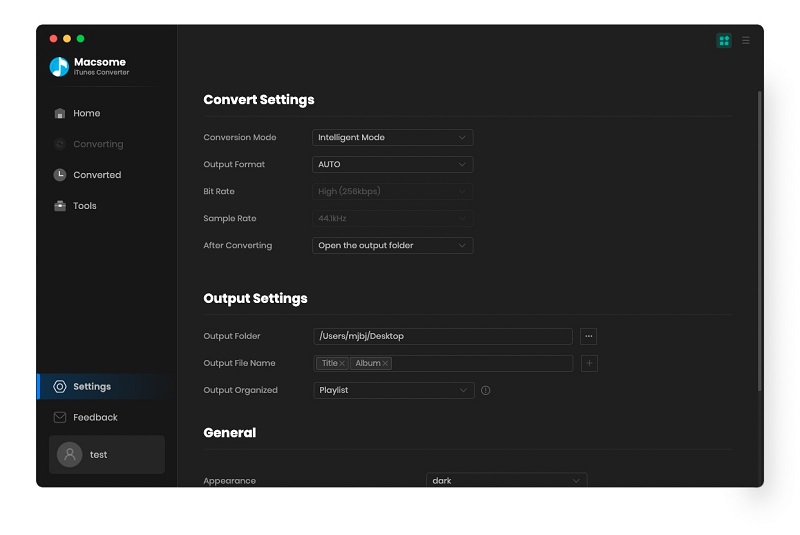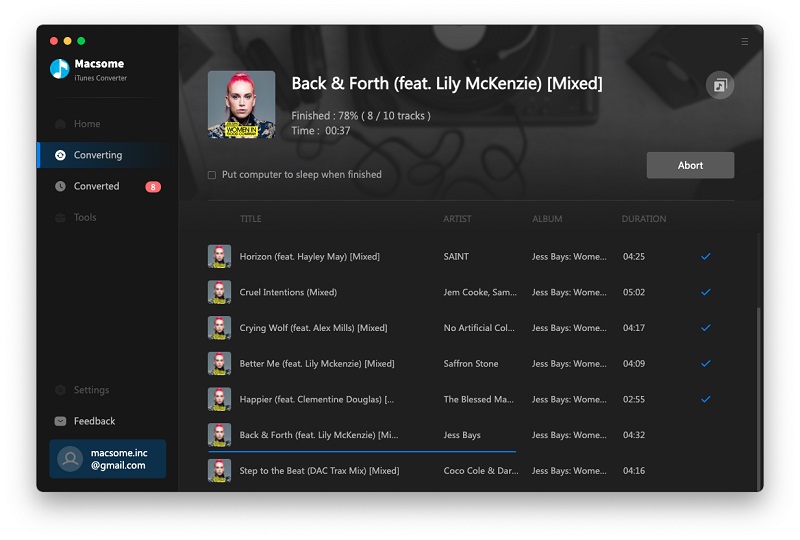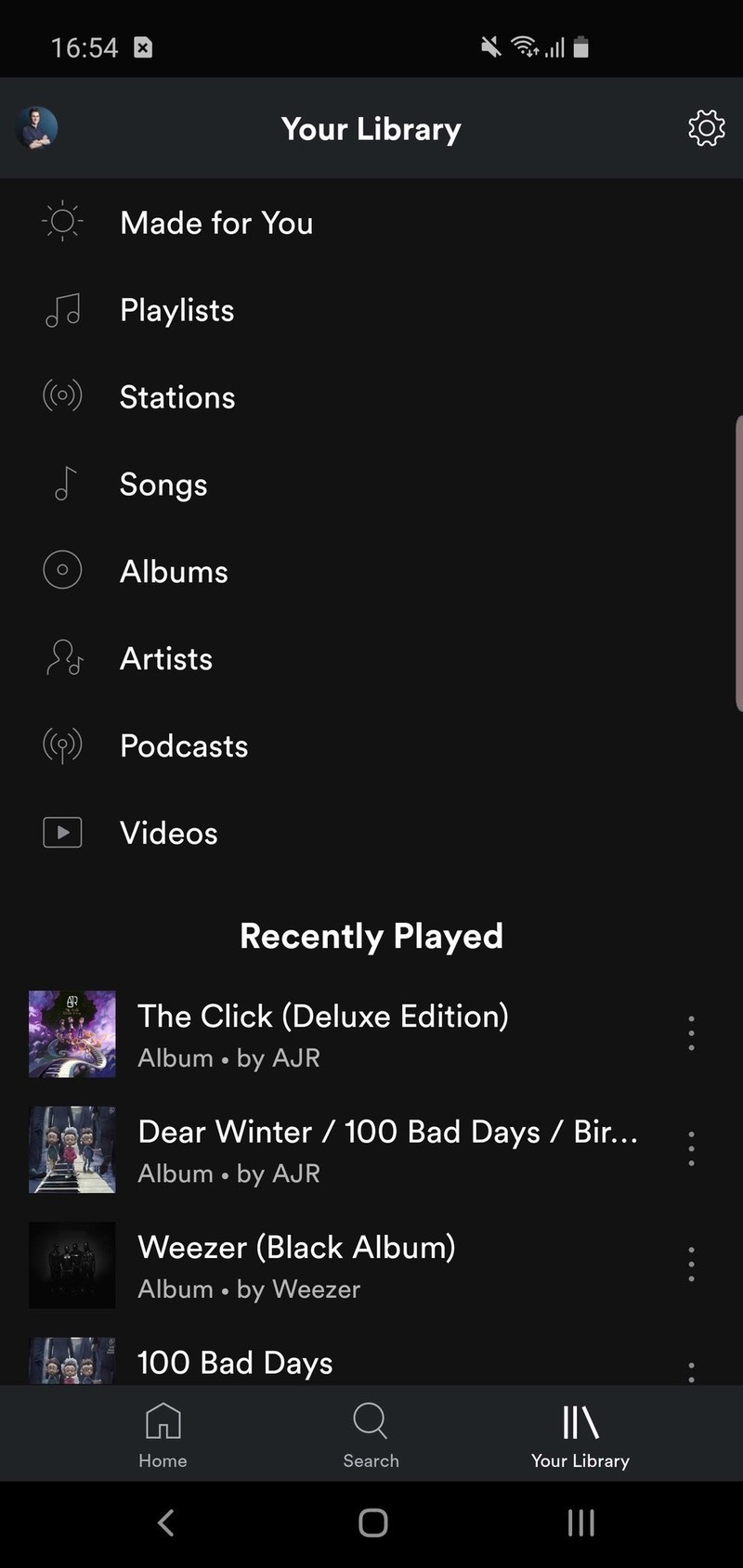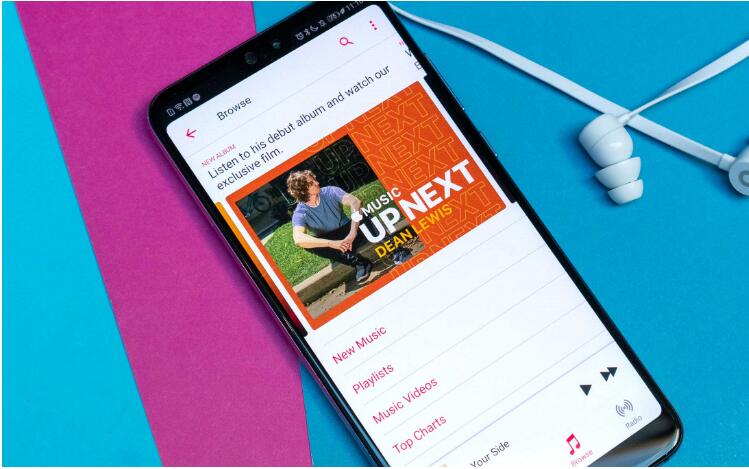More than 100 million users worldwide now pay for Spotify Premium, the company has announced. Spotify reached the milestone by growing paid subscribers by 32-percent year-on-year. Including free subscribers, Spotify now has a total of 217 million monthly active users worldwide. That includes two million Indian users who joined after the company launched its service there in February.
Globally, the numbers put Spotify well ahead of Apple Music, its closest competitor, who reportedly had 50 million paid users worldwide at the beginning of April. However, in the US Apple’s music streaming service in winning, according to the Wall Street Journal, with 28 million subscribers compared to Spotify’s 26 million.
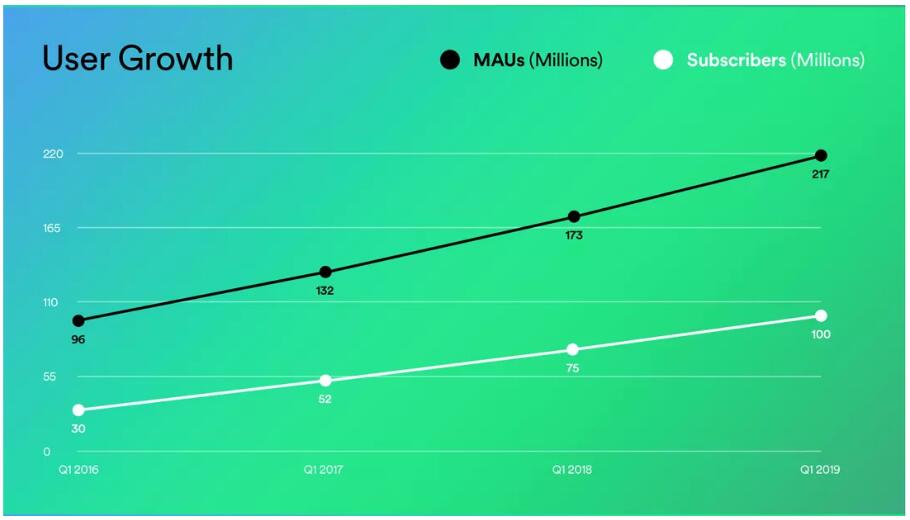
Spotify’s latest earnings also further illuminates the company’s podcasting ambitions. The company says it intends to develop a better advertising model for podcasts, which will include better “targeting, measurement, and reporting capabilities.” This suggests the company plans to develop ways of letting podcast producers place different ads in a podcast depending on the user being targeted, similar to the ads played during ad-supported music listening. Spotify recently acquired the podcasting companies Gimlet Media, Anchor, and Parcast, and currently offers a quarter of a million podcasting titles on the streaming platform.
By the end of this quarter, Spotify says it expects to have 222 to 228 million users, including between 107 and 110 million paid subscribers. The company also says that voice speakers are a critical area for its growth. Last year Spotify ran a promotion where it gave away a free Google Home Mini speaker to every family account subscriber. However, the company’s rumored first-party speaker hardware is yet to materialize.
Spotify is still losing money despite its subscriber growth. The company posted a loss of €142 million ($158.3 million) for the January to March quarter, compared with a loss of €169 million in the same period last year.
Source from theverge.com.More Spotify Tips:

